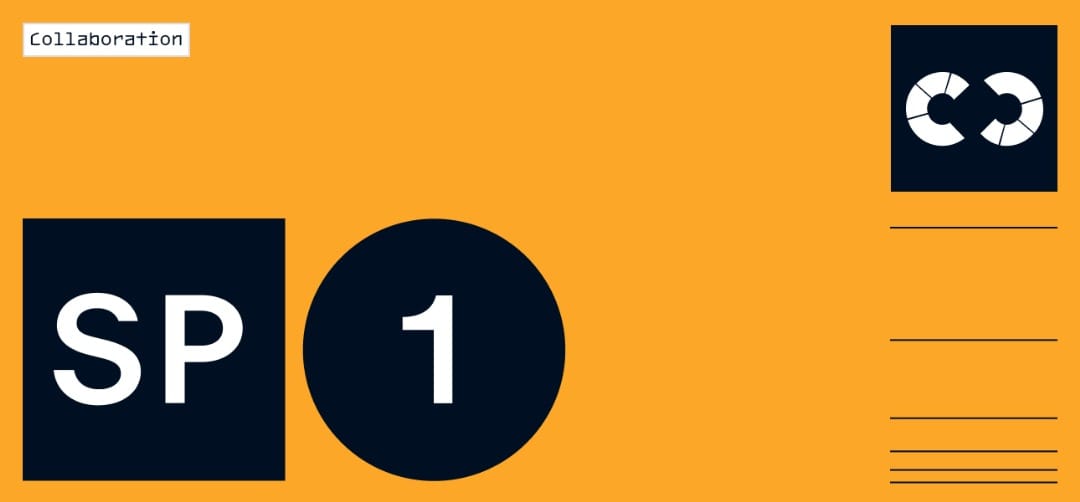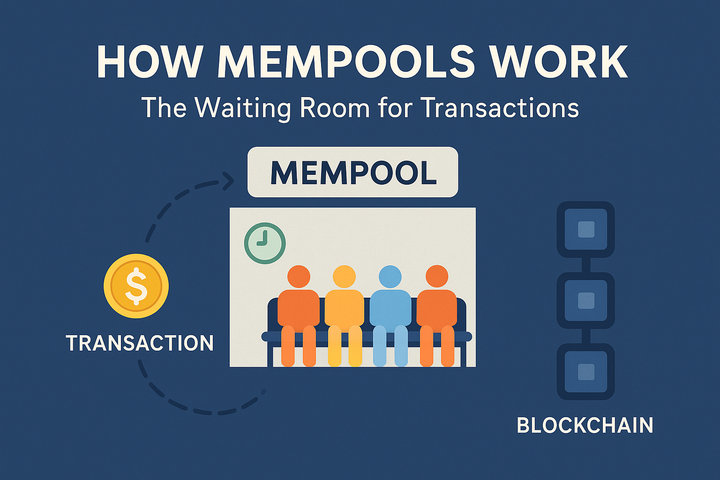From Code to Certainty: SP1’s zk‑Circuits Get Formally Verified With Lean

Imagine a zero‑knowledge virtual machine (zkVM) that’s not just tested, but mathematically proven correct. That’s what Succinct Labs is building in partnership with Nethermind. This isn't about trusting code, it’s about verifying it, end-to-end.
1. The Threat to Trust
In zero-knowledge systems, tiny bugs can undermine the entire security model, leading to forged proofs or stolen assets. Traditional testing and audits help, but they can’t cover every corner. That’s where formal verification changes the game.
2. What’s Being Verified and How
Succinct Labs and Nethermind are using Lean, a powerful theorem prover, to analyse SP1’s circuits:
- They extract Plonky3 constraints (the math rules of the circuit) into Lean blog.succinct.xyz+10nethermind.io+10medium.com+10blog.succinct.xyz+2blog.succinct.xyz+2medium.com+2
- Defined formal specs in Lean—first validated with the simple AddSub chip (32-bit wrap-around addition)
- Proved the extracted constraints match the spec exactly—no guesswork, no room for interpretation medium.com+2nethermind.io+2blog.succinct.xyz+2
This ensures the circuit truly does what it was designed to do.
3. Why This Approach Scales
SP1's modular “chip”-based design (AddSub, ALU, etc.) means verification is repeatable:
“SP1’s architecture allows for modular reasoning at the level of chips, making verification simpler and more scalable.” nethermind.io
They’re now extending coverage to all ALU circuits—and soon tackling bigger precompiles like Keccak256 and Secp256k1. The final goal? Verify SP1 against the full RISC‑V spec, delivering end-to-end confidence.
4. Tools, Transparency & Community
All of the verification work is open-source:
- Constraint extraction tool in Rust
- Lean templater for conformance proofs
- Verified AddSub correctness proof nethermind.io+4blog.succinct.xyz+4medium.com+4x.com+9nethermind.io+9blog.succinct.xyz+9
Anyone can view it, audit it, and build on it, making zkVM security community-driven and auditable.
5. Trust, Built-in
Formal verification isn’t the only line of defense. Succinct’s multi-layered approach also includes:
- Audits
- Runtime safeguards (SP1–2FA)
- Expert reviews
Formal proofs lock the logic in mathematically, literally removing entire classes of bugs.
“They’re not just building a zkVM—they’re building *trust in a trustless world.” github.com+6medium.com+6blog.succinct.xyz+6
“SP1’s modular structure makes formal verification practical, not just theoretical.”
6. Real-World Implications
When zkVMs power:
- Smart contracts
- DeFi
- Identity systems
…every extra buffer of trust matters. Formal verification means SP1’s proofs aren’t just fast—they’re verifiably correct.
7. Industry Context
Nethermind also applies Lean to verify RISC‑Zero zkVMs and zkSync’s on-chain verifier nethermind.io+11nethermind.io+11linkedin.com+11. A shift is happening—zk systems are no longer “tested”; they’re mathematically guaranteed.
Conclusion
Formal verification of SP1 is a seismic shift from tested code to certified correctness. As they expand to full RISC‑V alignment, Succinct Labs is setting a new bar. In a world built on trustless tech, this is true trust.
Want to dive deeper? Check out the open-source tools and proof repos from Succinct and Nethermind—and watch the future of zkVMs take shape.
INTERNAL LINKS:
SP1 zkVM
Succinct SP1 zkVM
Democratizing Zero-Knowledge Proofs
What is SP1 zkVM
WHY THE USE OF SP1
ZKPs Meet Rust: Why SP1 zkVM Matters



Comments ()